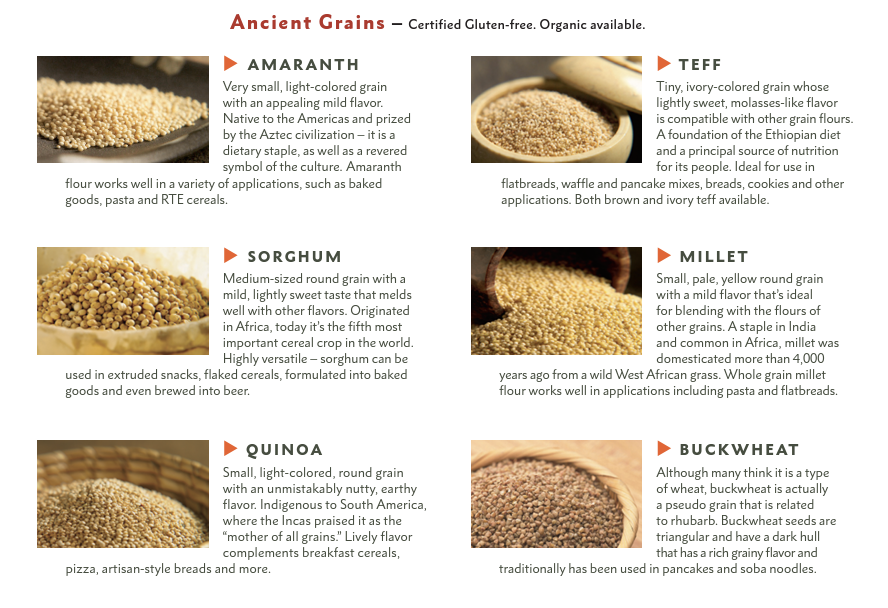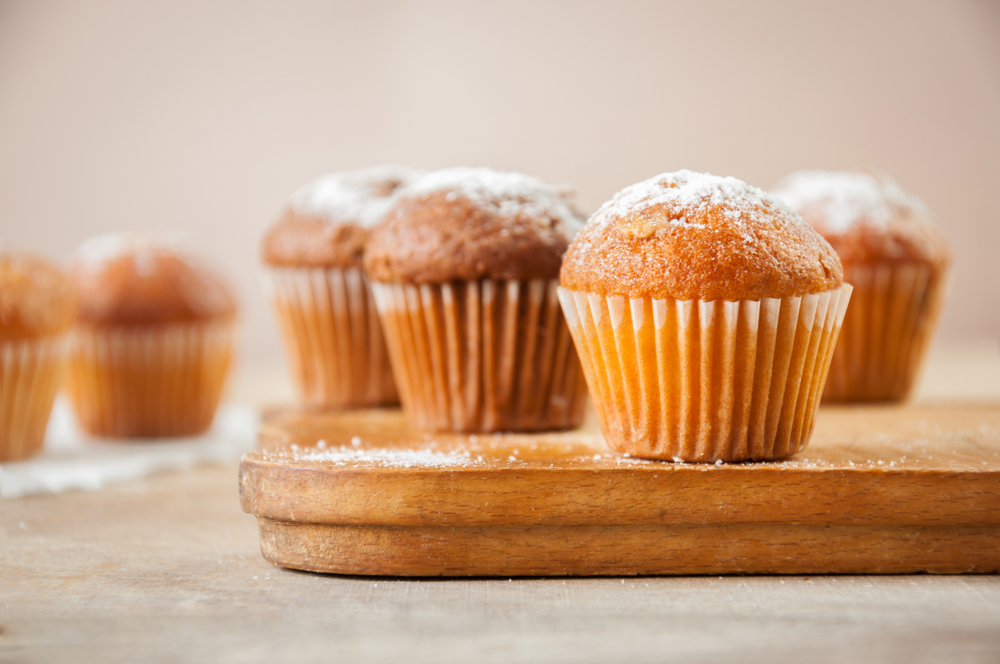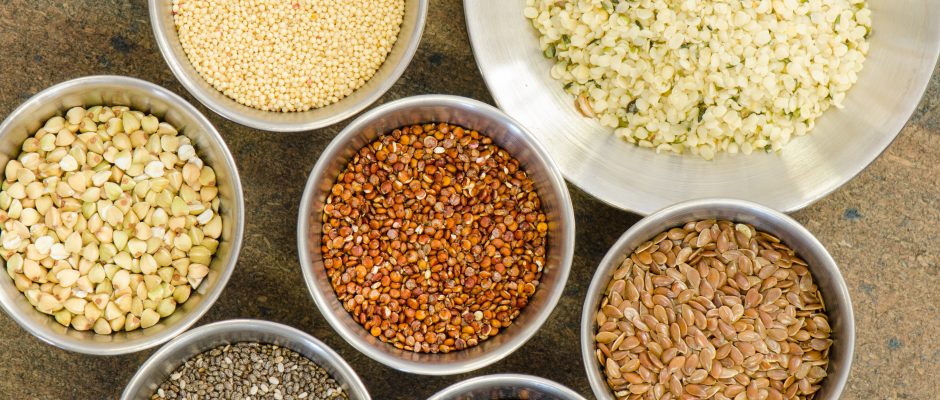Ancient grains have stood the test of time, providing sustenance to civilizations for thousands of years. Amaranth, Teff, Sorghum, Millet, Quinoa, and Buckwheat are among these ancient treasures that continue to capture the imagination of food enthusiasts today. In this blog post, we’ll explore the rich history and traditions surrounding these grains and delve into some delectable recipes that showcase their versatility and nutritional benefits.

-Amaranth: Amaranth, often referred to as the “grain of the gods,” has its roots in Central America. It was a staple in the diets of the Aztecs and played a vital role in religious ceremonies. Amaranth is not a true grain but a pseudo-cereal, boasting high protein content and a nutty flavor. Try incorporating amaranth into your diet with a delicious Amaranth Salad featuring fresh vegetables, herbs, and a zesty lemon dressing.
-Teff: Originating from Ethiopia, Teff is the smallest grain in the world and has been a dietary staple in the region for centuries. Teff is gluten-free and rich in essential nutrients like iron and calcium. Indulge your taste buds with a traditional Ethiopian Injera – a fermented flatbread made from teff flour – paired with spicy lentils.
-Sorghum: Sorghum, native to Africa, has been cultivated for over 8,000 years. This versatile grain is drought-resistant and can thrive in various climates. Sorghum’s mild taste makes it a great addition to both sweet and savory dishes. Experiment with a Sorghum Stir-Fry featuring colorful vegetables, lean protein, and a flavorful soy-ginger sauce.
-Millet: Millet has been a dietary staple in Asia and Africa for thousands of years. This small, round grain is gluten-free and rich in nutrients like magnesium and phosphorus. For a comforting dish, try Millet Porridge topped with honey, nuts, and fresh fruit – a nutritious and satisfying breakfast option.
-Quinoa: Hailing from the Andes in South America, quinoa has gained worldwide popularity for its exceptional nutritional profile. Quinoa is a complete protein, containing all essential amino acids. Enjoy a Quinoa Salad with roasted vegetables, feta cheese, and a tangy balsamic vinaigrette for a wholesome and flavorful meal.
-Buckwheat: Despite its name, buckwheat is not a true wheat and is entirely gluten-free. Originating in Asia, it has been a staple in cuisines like Japanese and Russian. Indulge in the delightful flavors of Buckwheat Pancakes topped with fresh berries and maple syrup for a wholesome breakfast or brunch option.
Ancient grains offer a window into the rich tapestry of human history and culinary traditions. As we rediscover these nutritional powerhouses, we not only connect with our roots but also embrace a diverse and flavorful array of dishes. Incorporating amaranth, teff, sorghum, millet, quinoa, and buckwheat into our diets not only adds variety but also contributes to a healthier and more sustainable way of eating. So, embark on a culinary journey through time and savor the goodness of ancient grains in your next meal.

Amaranth Ginger Muffins
Liquid Ingredients
2 large eggs, at room temperature
⅔ cup milk
¼ cup canola oil
2 tablespoons molasses (not blackstrap)
1 teaspoon pure vanilla extract
Dry Ingredients
⅔ cup amaranth flour
⅔ cup potato starch
½ cup tapioca flour
1 cup packed dark brown sugar
1 tablespoon baking powder
1 teaspoon xanthan gum
1 teaspooon salt
1 teaspoon ground ginger
1 teaspoon ground cinnamon
½ teaspoon each grated nutmeg and ground allspice
⅛ teaspoon ground cloves
½ cup finely chopped crystallized ginger
¼ cup finely chopped walnuts
Ginger-Sugar Crust
2 tablespoon sugar
½ teaspoon ground ginger
-Place a rack in the middle of the oven. Preheat the oven to 375°F. Generously grease a 12-cup or 6-cup gray nonstick muffin pan or line with paper liners.
-In a medium bowl, beat the eggs with an electric mixer on medium speed until light yellow and frothy, about 30 seconds. Add the milk, oil, molasses, and vanilla and beat on low speed until well blended.
-In a small bowl, whisk together the dry ingredients. With the mixer on low speed, gradually beat the dry ingredients into the liquid ingredients until the batter is smooth and slightly thickened. Gently stir in the crystallized ginger and walnuts. Divide the batter evenly in the muffin pan.
-Make the crust: In a small bowl, whisk together the sugar and ground ginger and sprinkle evenly on the batter.
-Bake the larger muffins 35 to 40 minutes or the smaller muffins for 20 to 25 minutes or until a toothpick inserted into the center of the muffin comes out clean. Cool the muffins in the pan 10 minutes on a wire rack. Remove the muffins from the pans and cool completely on the wire rack. Serve slightly warm.
Recipe provided by Whole Grains Council




Comments are closed.